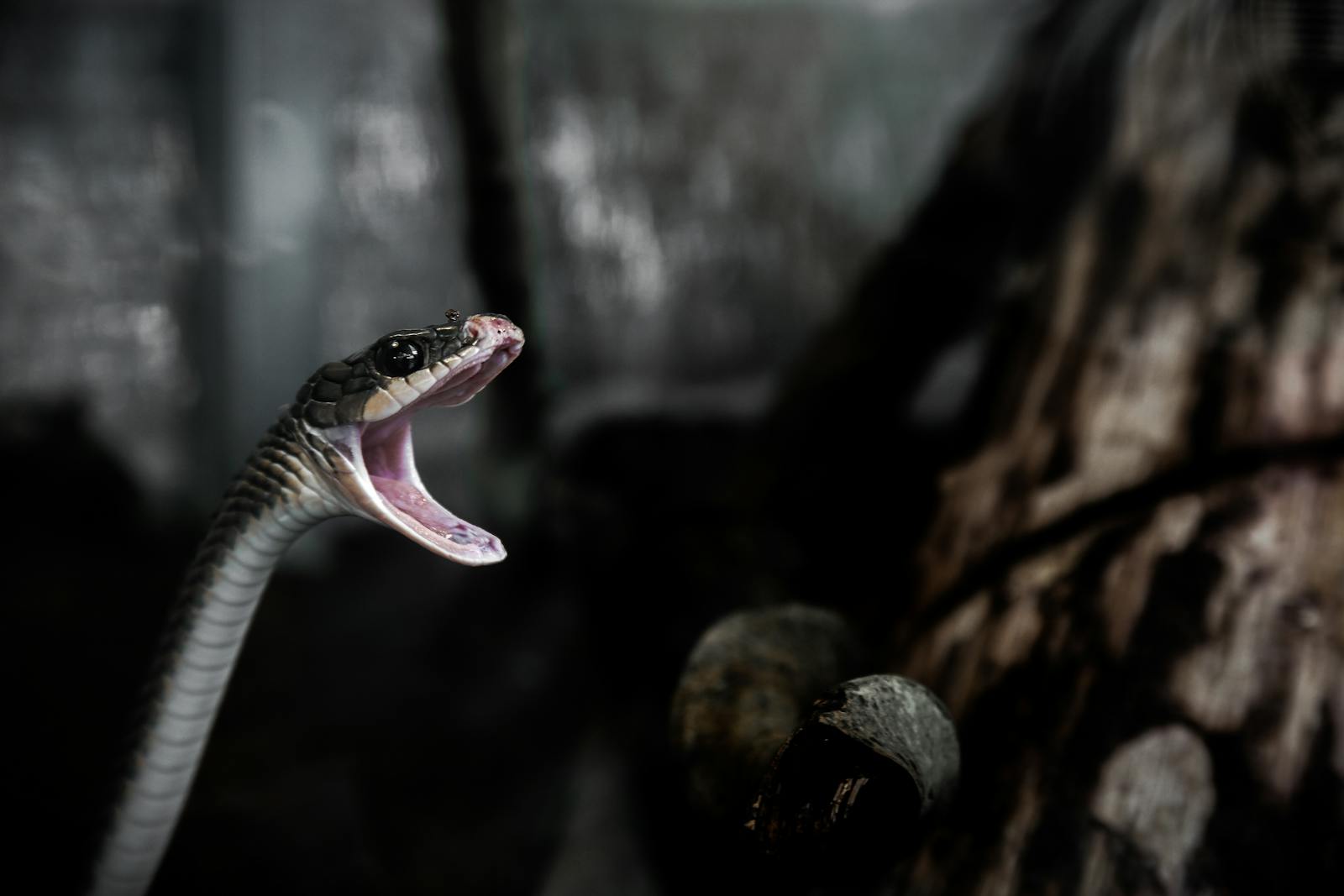The tranquility of wilderness exploration can quickly transform into a survival situation when a snake bite occurs in remote areas without cell service. While snake encounters are relatively rare, knowing how to respond to a bite when medical help isn’t immediately available could mean the difference between life and death. This comprehensive guide will walk you through critical steps to take if you find yourself bitten by a snake in the wilderness with no way to call for help. By understanding proper protocols and distinguishing myths from facts, you’ll be better prepared to handle this emergency situation and potentially save a life – whether it’s your own or a fellow adventurer’s.
Understanding the Severity of Snake Bites
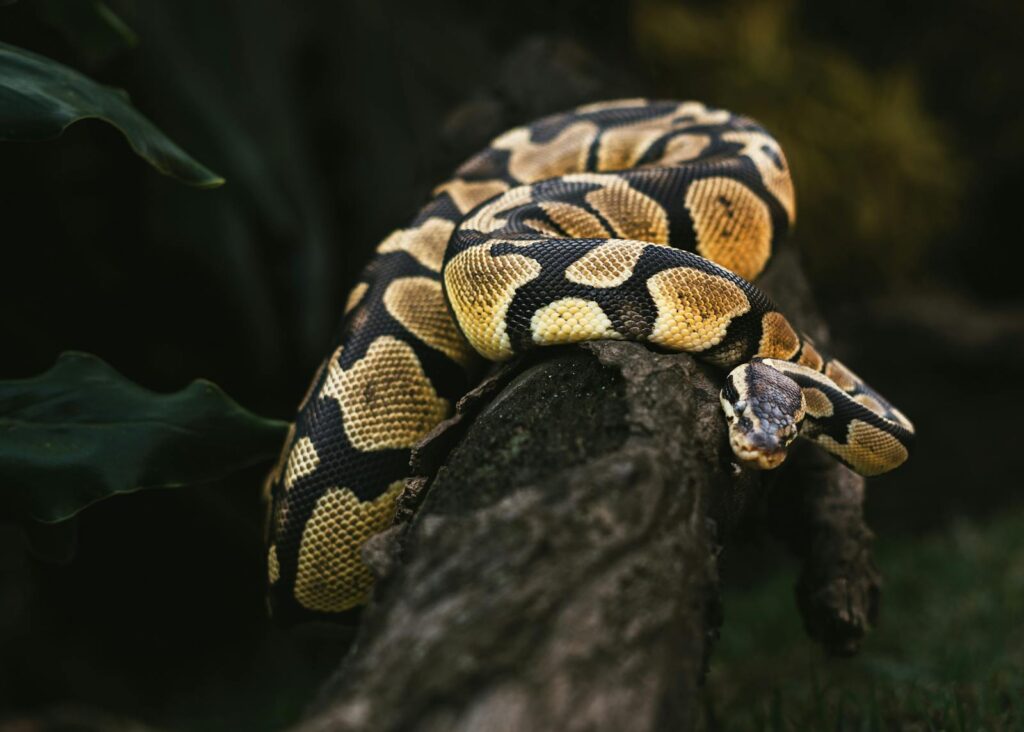
Snake bites in wilderness settings can range from mildly venomous to potentially lethal, depending on the species involved and individual factors like the victim’s size, health, and the amount of venom injected. Not all snake bites deliver venom (sometimes called “dry bites”), but without expertise in snake identification and medical assessment, all bites should be treated as potentially serious. In the United States, approximately 7,000-8,000 people receive venomous snake bites each year, with about 5 deaths occurring annually—a number kept low primarily due to rapid medical intervention. When in remote locations without cell service, understanding the gravity of snake bites becomes even more critical as time to obtain antivenom and proper medical care is extended. The golden rule of wilderness snake bites is to treat all bites as emergencies requiring evacuation, even if symptoms seem mild initially.
Immediate Actions to Take After a Snake Bite
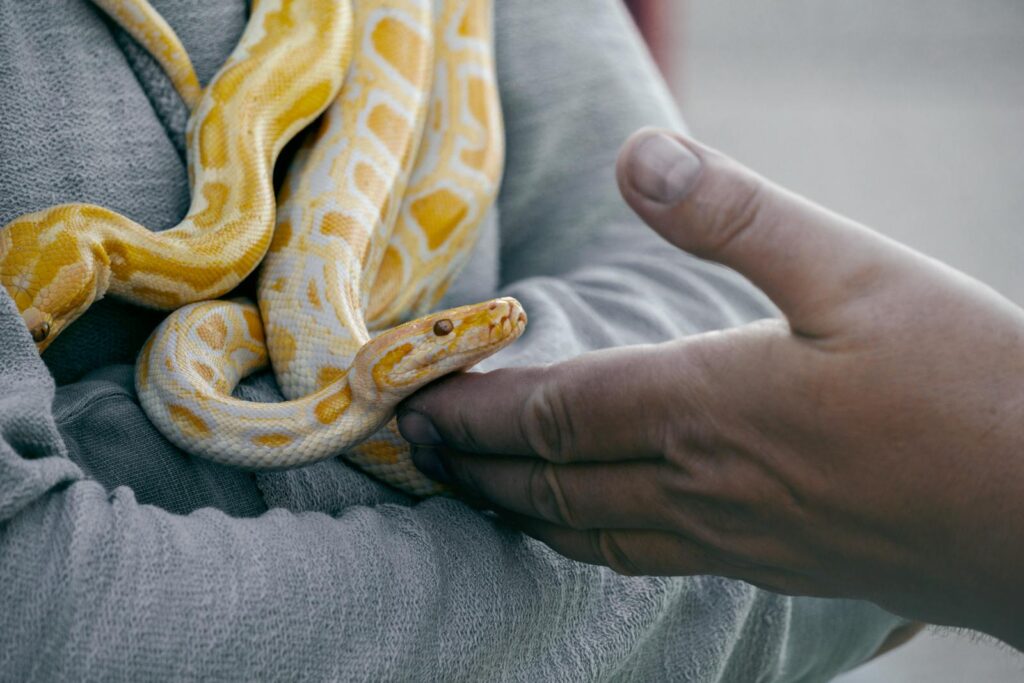
The moments immediately following a snake bite are crucial for survival and reducing venom effects. First, move yourself or the victim away from the snake to prevent additional bites, while maintaining awareness that striking distance is typically half the snake’s length. Next, have the victim lie down and position the bitten area below heart level to slow venom spread through the circulatory system. Remove any constricting items like rings, watches, or tight clothing near the bite site as swelling will likely occur rapidly. If you’re with a group, designate tasks clearly—someone should begin recording vital signs and symptoms, another should prepare for evacuation, while another can mark the bite site with a pen to monitor swelling progression. Staying calm is essential despite the frightening situation, as panic increases heart rate and potentially accelerates venom circulation throughout the body.
Identifying the Snake: Important but Secondary
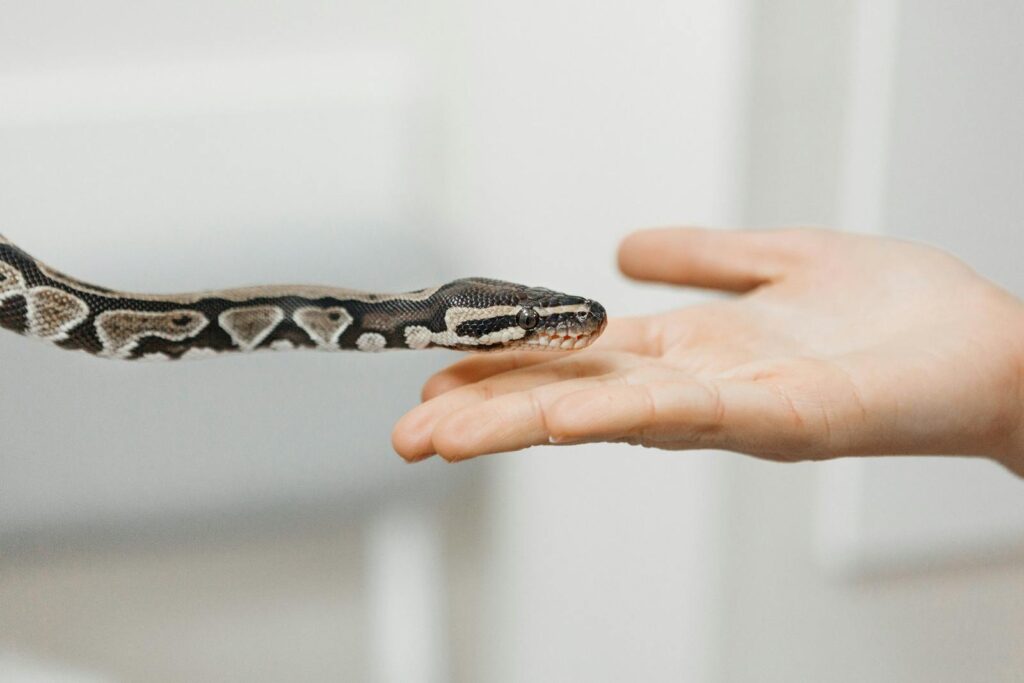
While identifying the snake responsible for the bite can help medical professionals determine appropriate treatment, this should never take precedence over immediate first aid and evacuation efforts. If the snake can be safely photographed from a distance without delay, this information may prove valuable to healthcare providers later. However, attempting to kill, capture, or get closer to the snake for identification purposes puts you at risk for additional bites and wastes precious time. Mental notes about the snake’s appearance—its color pattern, approximate size, head shape, and any distinctive markings—can be helpful information to relay to medical personnel upon reaching help. In North America, the majority of venomous snakes belong to the pit viper family (rattlesnakes, copperheads, cottonmouths) or coral snakes, each requiring specific antivenom treatments. Remember that many non-venomous snakes mimic venomous species, so even expert identification in the field can be challenging.
What NOT to Do: Debunking Dangerous Myths
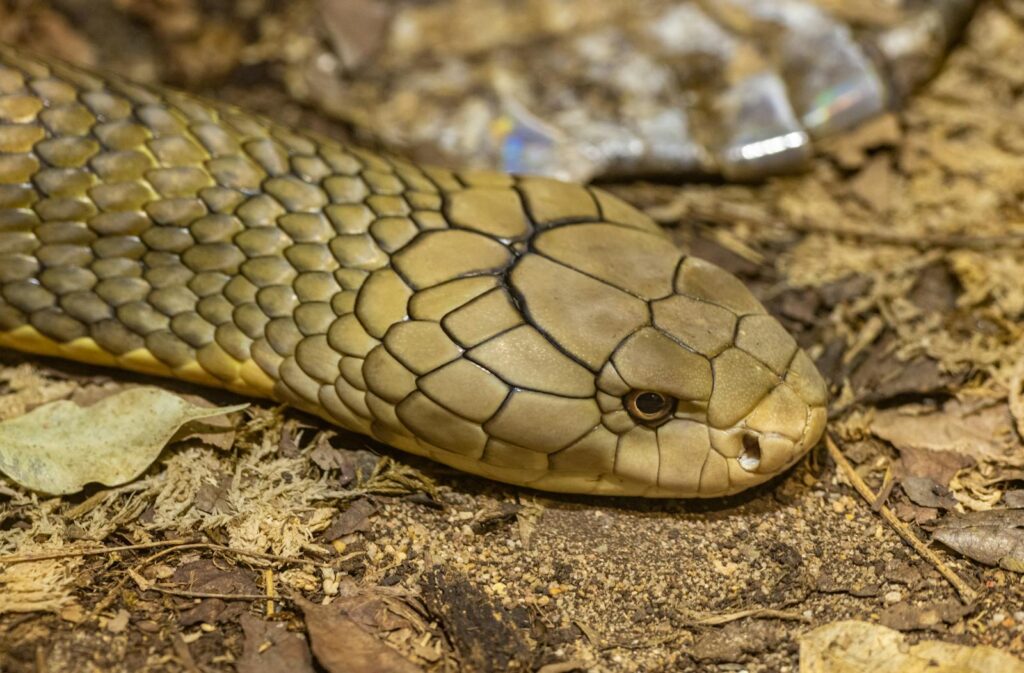
Many commonly believed snake bite treatments are not only ineffective but can actually worsen outcomes and complicate medical care. Never cut into the bite site or attempt to suck out venom—this increases tissue damage, infection risk, and doesn’t effectively remove venom that’s already entering tissue and bloodstream. Avoid applying tourniquets, as these can cause tissue death by completely restricting blood flow to the affected limb. Ice or cold packs should not be applied as they can increase tissue damage when combined with venom effects. The once-popular “snake bite kits” with suction devices have been shown in medical studies to be ineffective at removing significant amounts of venom and may concentrate venom in a smaller area, potentially increasing tissue damage. Additionally, consuming alcohol or taking pain medications like aspirin or ibuprofen can thin blood and potentially worsen bleeding symptoms from certain venoms, while also masking important symptoms that need to be monitored.
Proper Wound Care in the Wilderness
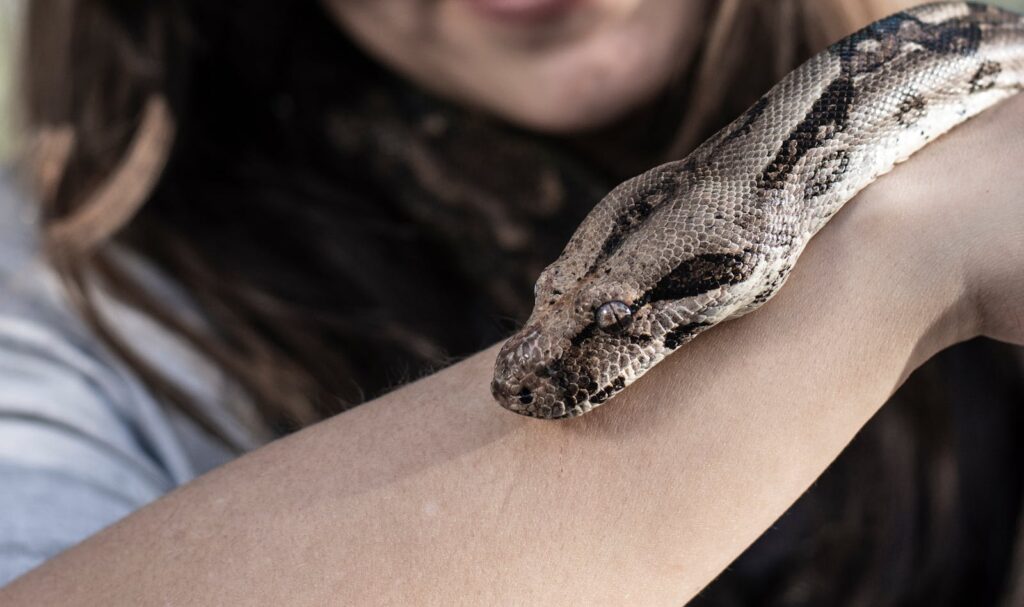
Basic wound care can help prevent secondary infection while you await evacuation and medical treatment. Gently clean the bite site with clean water if available, but avoid scrubbing or applying pressure that might drive venom deeper into tissues. Cover the wound with a clean, dry bandage if available, applying just enough pressure to stop any bleeding without constricting circulation. If clean bandages aren’t available, it’s better to leave the wound uncovered than to use dirty material that might introduce infection. Monitor the bite site for increasing redness, swelling, or discharge, which could indicate infection requiring additional treatment. Avoid applying any topical treatments, ointments, or traditional remedies to the wound, as these have no proven benefit for venom neutralization and may interfere with proper medical assessment when you reach help. Remember that proper wound care is supportive only—it does not replace the need for medical intervention and antivenom for venomous bites.
The Pressure Immobilization Technique
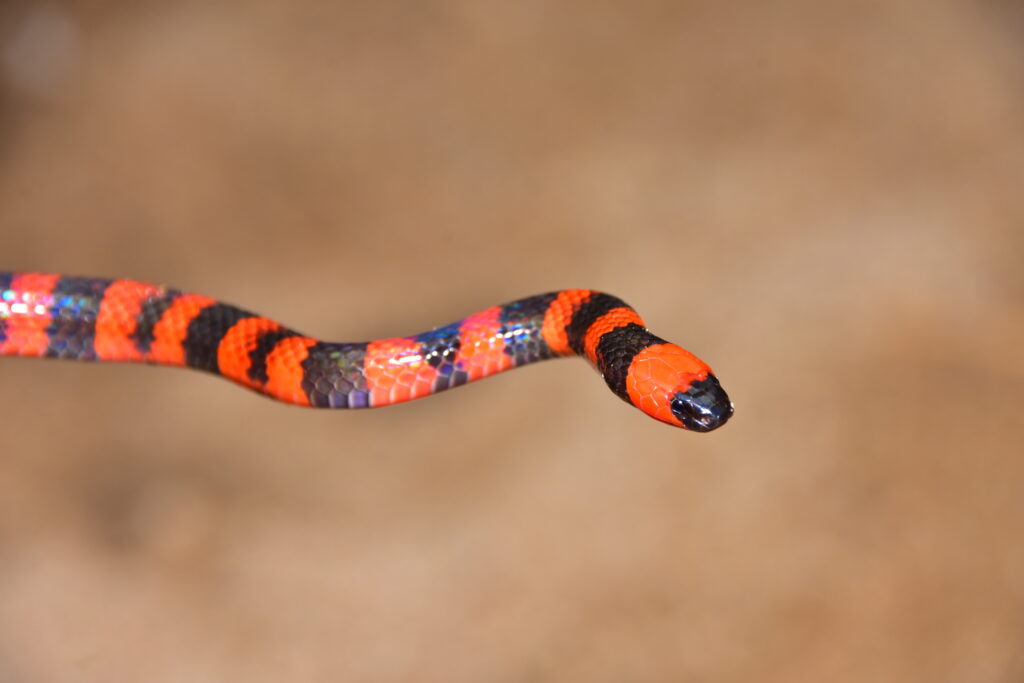
The pressure immobilization technique (PIT) is considered appropriate first aid for certain elapid snake bites (like coral snakes) but is generally not recommended for pit viper bites (rattlesnakes, copperheads, cottonmouths) which are more common in North America. This technique involves wrapping the entire affected limb with an elastic bandage, starting at the bite site and continuing up the limb with pressure similar to a sprained ankle wrap—firm but not cutting off circulation. The limb should then be immobilized with a splint or improvised splinting material to prevent muscle contraction that pumps venom through the lymphatic system. When properly applied, you should still be able to slide a finger under the bandage, and the victim’s fingers or toes should remain pink with normal sensation. This technique requires practice before emergency situations arise, as improper application can worsen outcomes. Current wilderness medicine protocols recommend pressure immobilization primarily for neurotoxic venom (like coral snakes) rather than the tissue-destroying venoms of pit vipers, where circulation to the affected area may actually help prevent tissue death.
Monitoring and Documenting Symptoms
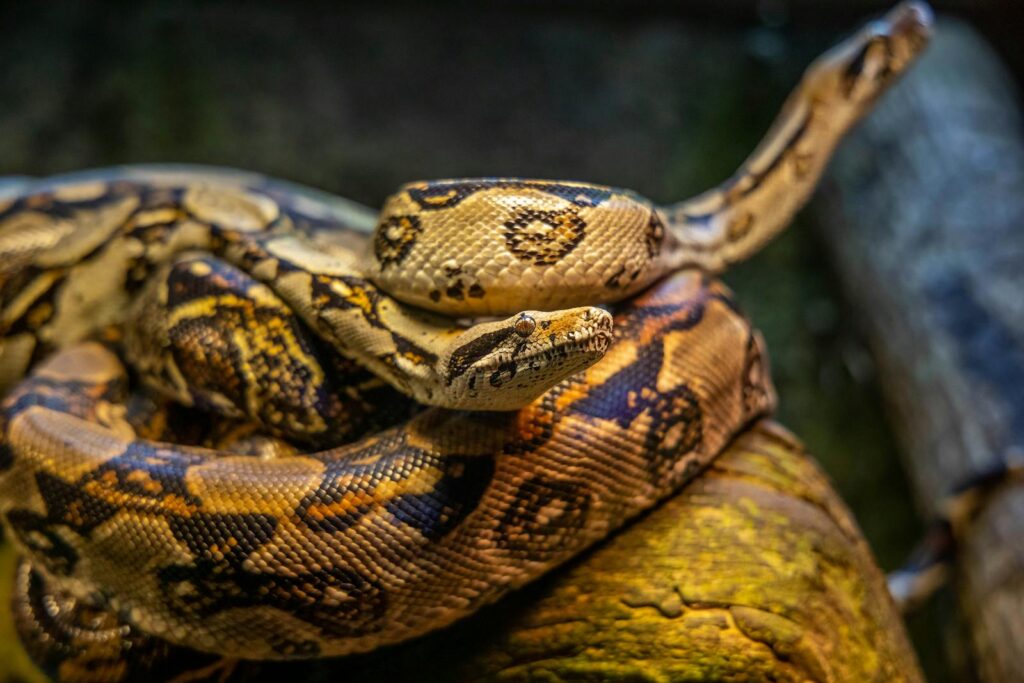
Carefully tracking the progression of symptoms provides crucial information for medical personnel when help finally arrives. Use a notepad, phone notes app, or even mark timestamps directly on skin with a pen to document when different symptoms appear. Important symptoms to monitor include swelling progression (mark the edge of swelling on the skin periodically), pain levels, nausea or vomiting, difficulty breathing, changes in heart rate or blood pressure (if you have equipment to measure these), dizziness, blurred vision, numbness or tingling, and any bleeding from the bite site or elsewhere. Note the time the bite occurred as precisely as possible, as this information helps doctors determine how quickly venom effects are progressing. If possible, take photos of the bite site at regular intervals to document changes visually. This systematic documentation not only helps medical professionals but can also keep the victim and responders focused during a stressful situation.
Evacuation Strategies When Alone

Being bitten while hiking alone represents one of the most challenging wilderness emergency scenarios, requiring careful decision-making about self-evacuation. If you’re within a reasonable distance of help (typically under 3-4 hours walking time) and symptoms remain mild, self-evacuation may be your best option as waiting for chance rescue could take much longer. Create a walking stick or improvised crutch if the bite is on a lower extremity, and pace yourself with frequent rest breaks to avoid elevating your heart rate excessively. If possible, mark your trail clearly with bright items or trail markers to help search parties find you should you become unable to continue. Consider activating any non-cellular emergency devices you might be carrying, such as a personal locator beacon (PLB) or satellite messenger before beginning your evacuation attempt. If symptoms progress rapidly or include difficulty breathing, dizziness, or severe pain, setting up shelter and focusing on signaling for help may be more appropriate than continuing movement that could accelerate venom circulation.
Evacuation Strategies With a Group
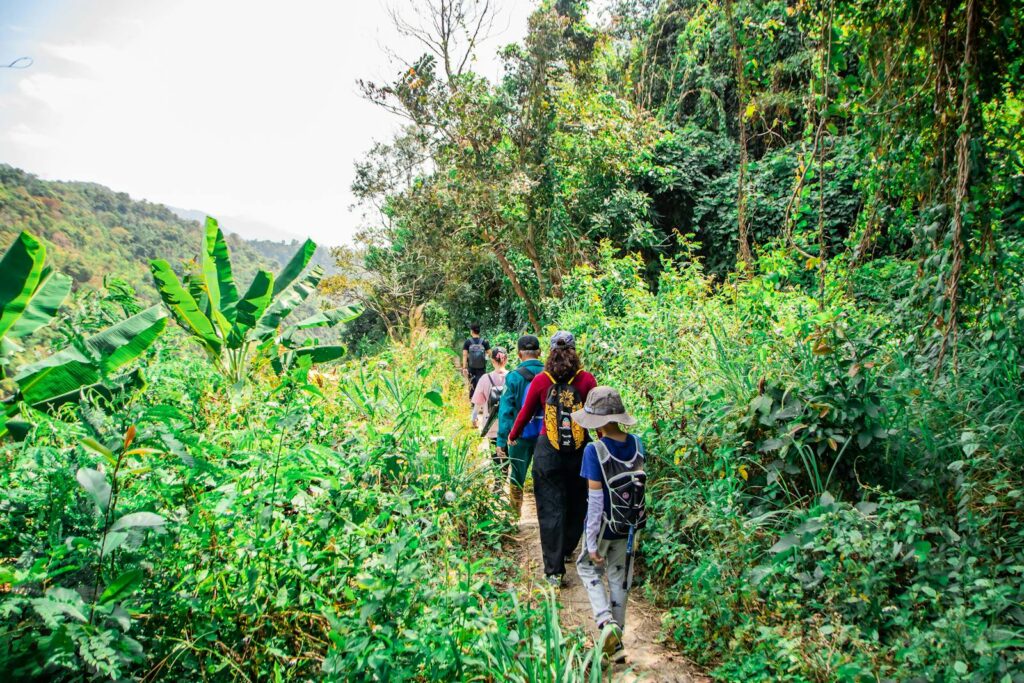
When a snake bite occurs within a hiking group without cell service, effective teamwork can dramatically improve outcomes. Immediately designate clear roles based on group members’ skills and physical capabilities. Send the two strongest, most knowledgeable members ahead to seek help if you’re within a day’s hike of civilization, ensuring they have precise information about your location and the victim’s condition. The remaining group should prepare for potential overnight care of the victim, including shelter construction and water collection. If evacuation requires carrying the victim, improvise a stretcher using backpacks and trekking poles or branches secured with clothing or rope. For long evacuation routes, establish a leapfrog system where teams alternate carrying the victim to prevent exhaustion. Groups should establish clear communication plans before separation, including predetermined meeting points and expected timelines to ensure nobody becomes additionally lost or injured during the rescue effort.
Signaling for Help in Remote Areas

While cellular service may be unavailable, other methods can help alert potential rescuers to your emergency situation. Visual signals are often most effective in wilderness settings—three of anything (whistle blasts, fires, flash reflections) is the universal distress signal. If conditions permit safely doing so, create three smoke signals by adding green vegetation to fires once they’re burning strongly. Contrast is key for aerial spotting, so place bright-colored gear or clothing in open areas forming large triangle or X patterns visible from above. Sound signals can carry surprising distances in some terrain—three short whistle blasts, repeated at regular intervals, indicate distress. If you have a flashlight or headlamp, use it at night to create three short, three long, three short flashes (SOS in Morse code), repeated periodically. Remember that signaling efforts should be balanced against caring for the snake bite victim and conserving energy during what might become an extended wilderness emergency.
Coping with Pain and Psychological Stress

The pain from venomous snake bites can be excruciating and, coupled with fear about the uncertain outcome, creates significant psychological stress that must be managed. Simple meditation techniques like focused breathing can help both the victim and caregivers remain calmer—inhale slowly for four counts, hold briefly, then exhale for six counts, repeating as needed. Elevation of the affected limb and gentle passive movement of joints above and below the bite can sometimes provide mild pain relief without medications. Distraction through conversation, storytelling, or simple games can temporarily shift focus away from pain and anxiety. For the helping party, maintaining a confident, calm demeanor even if you feel uncertain can significantly impact the victim’s psychological state. Provide realistic reassurance without false promises, acknowledging the seriousness while emphasizing that most snake bite victims survive with proper care and that help is being actively sought.
Preparing for Extended Care Before Rescue
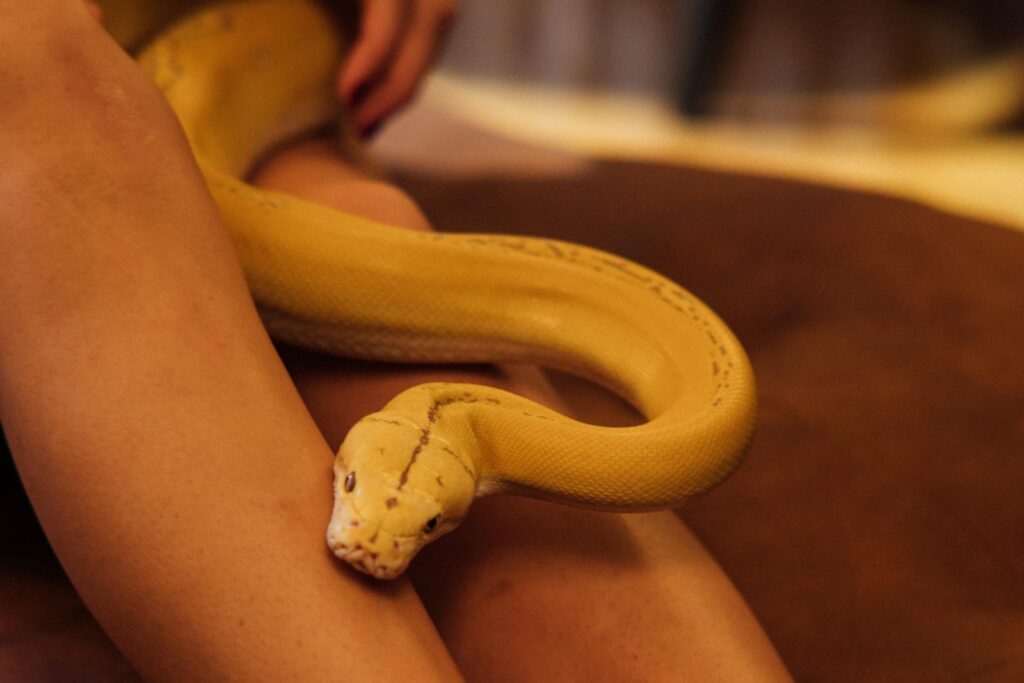
When evacuation or rescue might take significant time, preparing for extended wilderness care becomes essential. Create a comfortable sheltered space protected from environmental extremes, as the snake bite victim may experience temperature regulation difficulties. Hydration is critical—encourage small, frequent sips of clean water unless vomiting occurs, avoiding caffeine or alcohol which can complicate symptoms. While food is less immediately important, easily digestible carbohydrates can help maintain energy levels if the victim can tolerate eating. Position the victim comfortably with the affected limb slightly elevated on soft materials, repositioning every few hours to prevent pressure sores if consciousness is affected. Anticipate possible symptom progression including nausea, dizziness, or difficulty breathing, and have plans for supporting these complications including recovery position for unconscious victims. Maintain regular monitoring of vital signs and bite progression, keeping detailed notes that can be transferred to medical personnel upon rescue, potentially influencing treatment decisions hours or days after the initial bite.
Prevention: The Best Wilderness Snake Bite Strategy
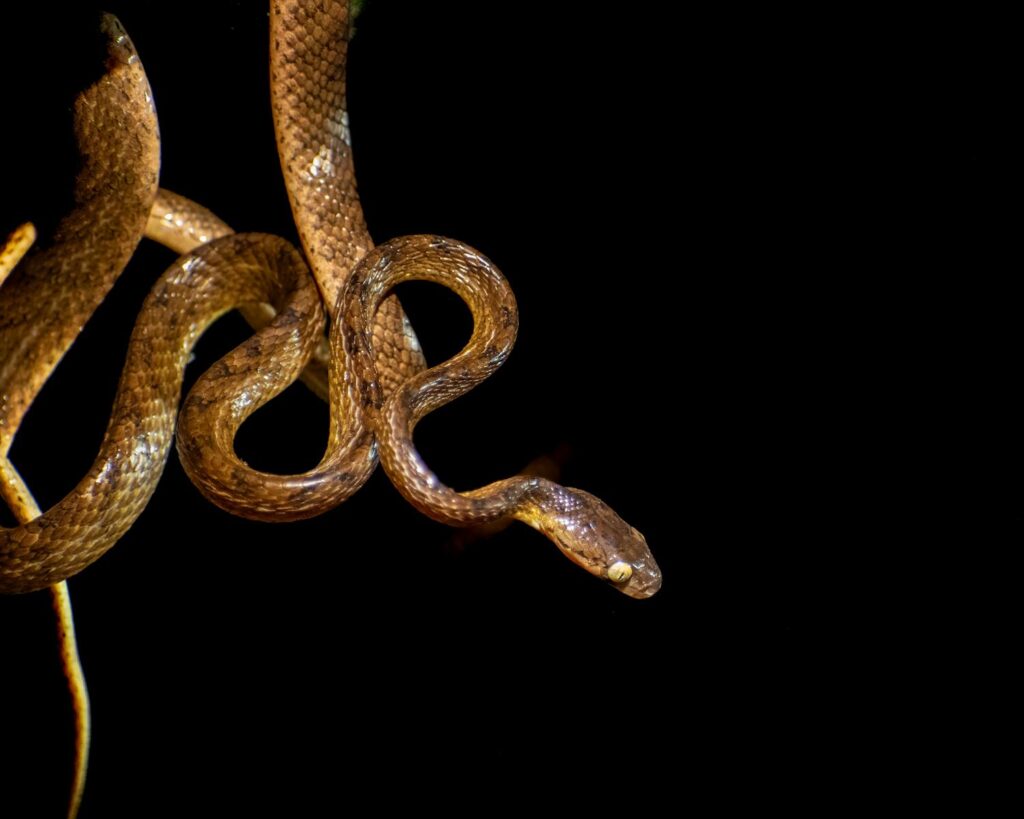
While knowing how to respond to snake bites is crucial, prevention remains the most effective strategy for wilderness safety. Always wear appropriate footwear—ankle-high hiking boots offer significant protection against strikes at lower extremities where most bites occur. Use trekking poles to probe areas ahead of you when hiking, creating ground vibrations that alert snakes to your presence and giving them time to retreat. When moving through tall grass or dense underbrush, step ON logs rather than over them where you can’t see the other side, and use a stick to check potential snake resting areas before placing hands on rocks or fallen trees. Carry a light source even on day hikes, as many snake encounters occur during twilight hours when visibility decreases but snake activity may increase. Consider investing in personal locator beacons or satellite messaging devices that function without cell service for all remote wilderness travel, potentially reducing response time dramatically during any wilderness emergency including snake bites.
Conclusion
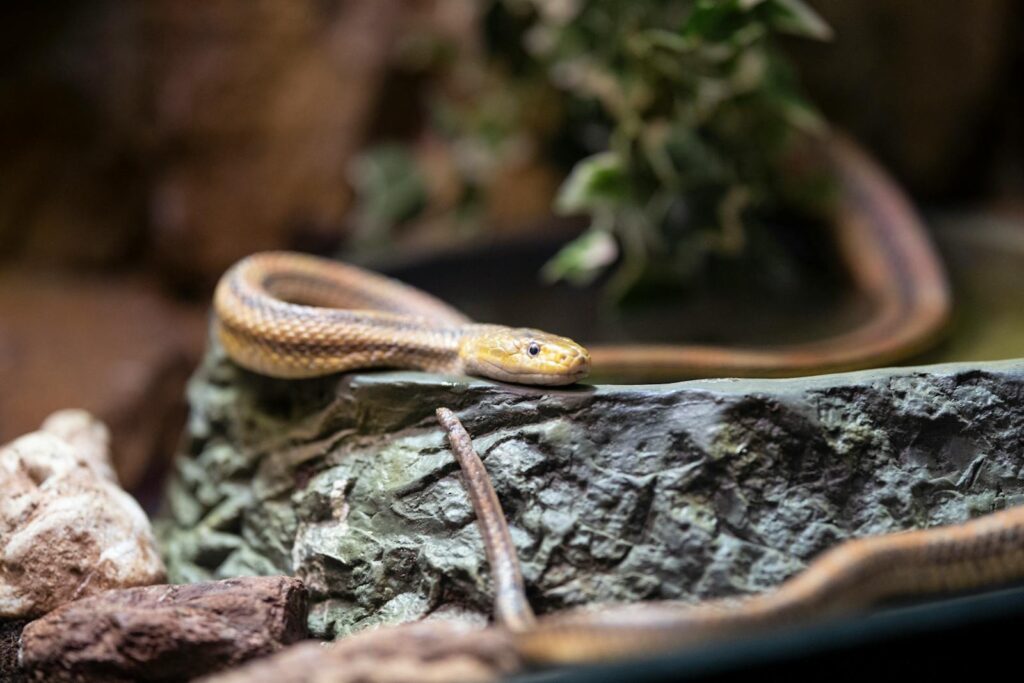
Snake bites in remote wilderness areas without cell service represent serious medical emergencies that require calm, decisive action. By understanding proper first aid techniques, avoiding dangerous myths, and having clear evacuation strategies, outdoor enthusiasts can significantly improve outcomes in these frightening situations. Remember that most snake bite victims survive with proper care, and your actions in those critical first hours can make a substantial difference. The wilderness offers unparalleled beauty and adventure, and with proper knowledge and preparation, you can safely navigate even its most challenging emergencies. Before your next backcountry adventure, consider taking a wilderness first aid course that includes snake bite management—it’s an investment that could one day save a life.

